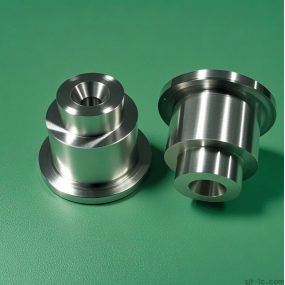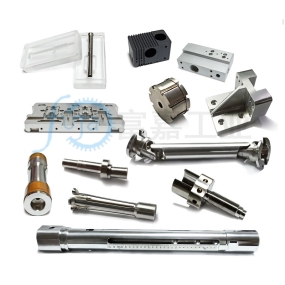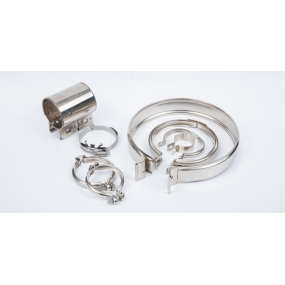1. The speed of the white steel knife should not be too fast. 2. Copper workers use less white steel knives for rough cutting and more flying knives or alloy knives. When the workpiece is too high, it should be cut thicker with different lengths of knives in layers. 4. After rough cutting with a large knife, use a small knife to remove the remaining material and ensure that the remaining amount is consistent before cutting. 5. Flat bottomed knives should be used for machining, and ball knives should be used less to reduce machining time. When copper workers clean corners, first check the size of the R on the corner, and then determine what size of ball cutter to use. 7. The four corners of the school surface should be level. 8. For slopes that are integers, use a slope knife for processing, such as pipe positions. 9. Before performing each process, think carefully about the remaining allowance after the previous process to avoid cutting with an empty knife or excessive machining. 10. Try to take simple knife paths, such as shape, groove digging, single-sided, and avoid going around in height. When walking WCUT, if you can walk FINISH, don't walk ROUGH. When polishing the external shape of the knife, first roughen and then polish. When the workpiece is too high, polish the edges first and then the bottom. 13. Reasonably set tolerances to balance machining accuracy and computer calculation time. When rough cutting, the tolerance is set to 1/5 of the allowance, and when smooth cutting, the tolerance is set to 0.01.
14. Do more processes to reduce idle time. Think more and reduce the chances of making mistakes. Add more auxiliary lines and surfaces to improve the machining condition. 15. Establish a sense of responsibility, carefully check each parameter, and avoid rework. 16. Diligent in learning, good at thinking, and constantly improving. 17. When milling non flat surfaces, use ball cutters more often and end cutters less frequently. Don't be afraid of cutting; 18. Clean the corners with a small knife and refine with a large knife; 19. Don't be afraid of surface patching, proper patching can improve processing speed and beautify processing effects. 20. High hardness of raw materials: reverse milling is better. 21. Low hardness of raw materials: forward milling is better. 22. Good precision, rigidity, and precision machining of machine tools: more suitable for forward milling, and vice versa. 23. It is strongly recommended to use forward milling for precision machining of inner corners of parts. 24. Rough machining: Reverse milling is better, precision machining: Forward milling is better (it is best to avoid reverse washing, which can damage the tool! Especially for hard materials). 25. The tool material has good toughness and low hardness, making it more suitable for rough machining (large cutting volume machining). 26. The tool material has poor toughness and high hardness, making it more suitable for precision machining.


 Spanish
Spanish Arabic
Arabic French
French Portuguese
Portuguese Belarusian
Belarusian Japanese
Japanese Russian
Russian Malay
Malay Icelandic
Icelandic Bulgarian
Bulgarian Azerbaijani
Azerbaijani Estonian
Estonian Irish
Irish Polish
Polish Persian
Persian Boolean
Boolean Danish
Danish German
German Filipino
Filipino Finnish
Finnish Korean
Korean Dutch
Dutch Galician
Galician Catalan
Catalan Czech
Czech Croatian
Croatian Latin
Latin Latvian
Latvian Romanian
Romanian Maltese
Maltese Macedonian
Macedonian Norwegian
Norwegian Swedish
Swedish Serbian
Serbian Slovak
Slovak Slovenian
Slovenian Swahili
Swahili Thai
Thai Turkish
Turkish Welsh
Welsh Urdu
Urdu Ukrainian
Ukrainian Greek
Greek Hungarian
Hungarian Italian
Italian Yiddish
Yiddish Indonesian
Indonesian Vietnamese
Vietnamese Haitian Creole
Haitian Creole Spanish Basque
Spanish Basque











